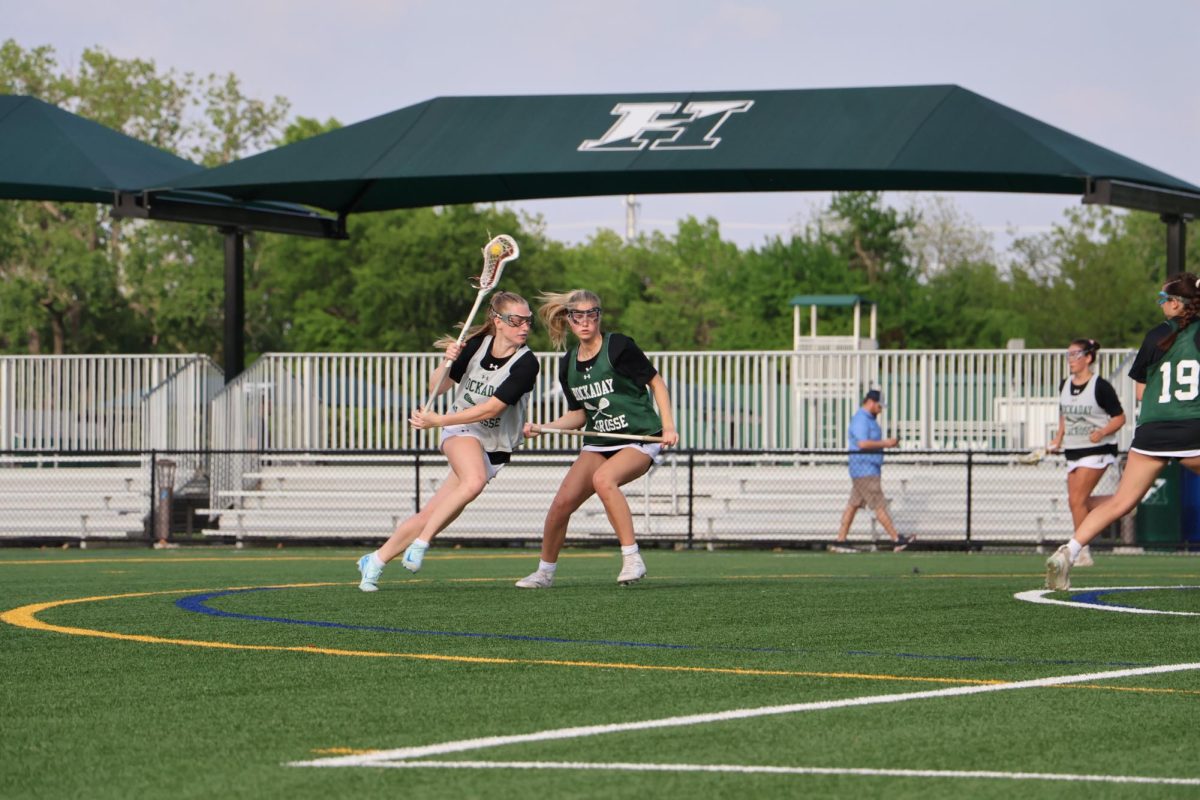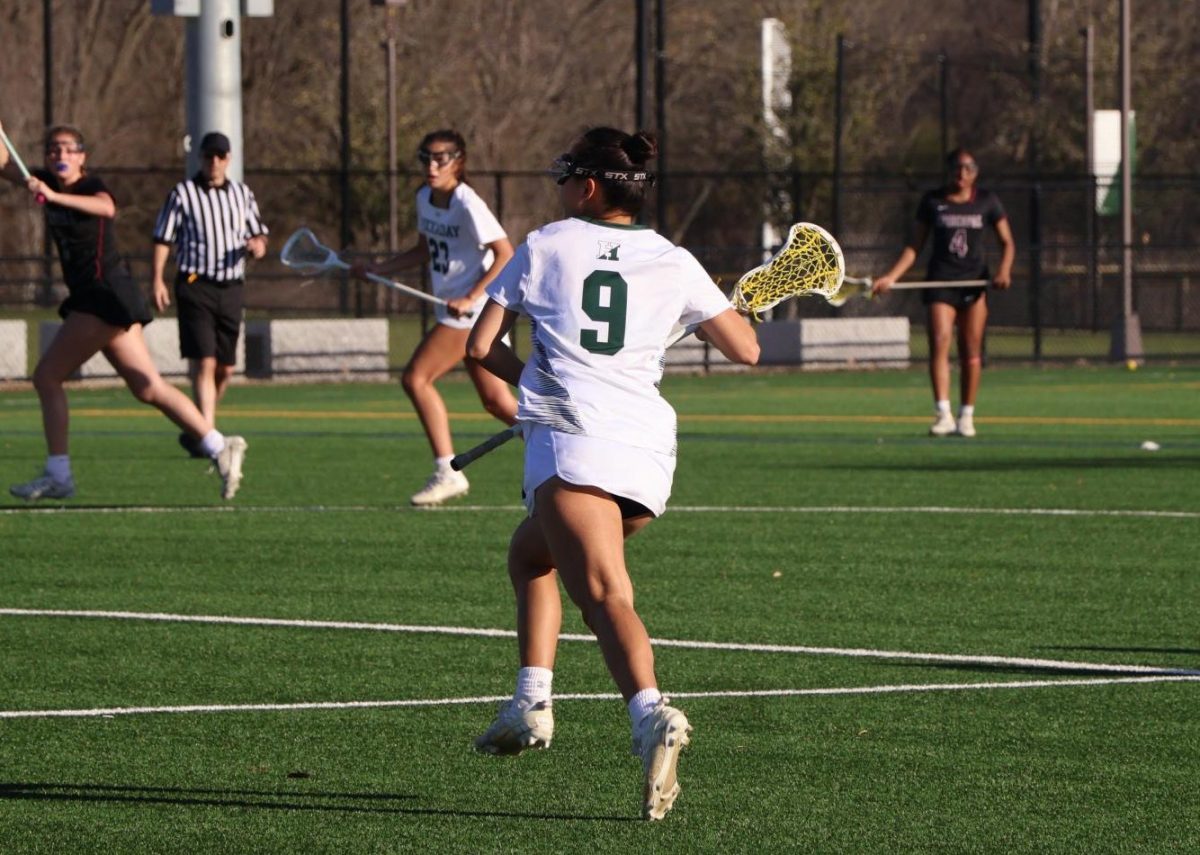The April 11 fatalities in an Irving, Texas crash involving a Cardinal Coach Lines motor coach have raised questions about the safety of Hockaday students.
In contrast, one of Hockaday’s motor coach companies, Lone Star Coaches, has never been involved in a major accident.
“We are extremely proud of our safety record here,” Joe Rios, Safety Manager at Lone Star Coaches, said. “We’d like to inform our customers; you know, we feel that an educated customer is going to be a better customer anyway.”
Buses are actually the safest mode of surface transportation, as they are statistically safer than trains and automobiles. According to the National Safety Council, average fatality rates per 100 million passenger miles are 0.003 for travel by scheduled airline, 0.05 for travel by commercial bus, 0.06 for travel by passenger train and 0.061 for travel by automobile.
Hockaday owns and operates nine buses, each able to transport from 18 to 21 passengers. These buses are all equipped with seat belts and are used most frequently for athletic team games, residence trips and community service transportation. In order to operate vehicles of this size, all Hockaday athletic coaches that are part of the faculty, along with some other Hockaday staff members, have Commercial Driver’s’ Licenses.
Although bus transportation has a very strong safety record, debate still simmers among transportation safety experts, mostly concerning the question of seat belts.
“Thats the big deal that is going on now, that’s the major push by the department of transportation is to get people to start using seatbelts on buses,” Rios said.
A 2010 University of Alabama study found that the costs of adding seat belts to Alabama school buses was higher than the expected benefits. Yet in 2012, laws were passed requiring seat belts in all new buses, affecting both Hockaday and its bus companies. The fine to drivers who don’t force students under 17 years of age to wear seat belts, if provided, is between $100 and $200.
Lone Star began equipping its coaches long before, in 2008, according to Rios.
Proponents of seat belts use examples like the recent Irving crash to point out that seat belts, while expensive, can save lives.
Students, however, dislike seatbelts, and coaches admit that their student-athletes tend not to wear them. Jeanne Olson, Head Athletic Trainer who also organizes bus reservations for athletic teams, said that rules requiring seat belts are extremely difficult to enforce.
Olson said, however, that safety is an important factor with its hired motor coaches. Hockaday carefully reviews the companies before using them.
“They look into safety and all that kind of stuff,” she said. Each of Hockaday’s four companies is “very well screened.”
Hired motor coaches are used with bigger groups and teams. Each company has a different policy on seat belts, but the motor coach companies themselves are highly regulated by the department of transportation, Rios said.
“That [regulation] begins all the way from the hiring of the driver all the way to how the vehicle is maintained and how the vehicle is operated,” he said.
For example, rigorous physical examinations must be administered by a physician before prospective drivers can even apply for positions.
“Its everything from blood pressure all the way up to the extremes which are, you know, drug use and things like that,” Rios said.
Finally, there are limits on the practice of driving. For example, drivers can only actively drive for 10 hours a day.
Companies like Lone Star Coaches also have their own safety practices. Lone Star is in the process of implementing a system of GPS tracking of vehicles throughout the North American continent in a way similar to that of an air-traffic controller.
“Drivers have kind of a culture that, that once they get out of the terminal, they’re on their own,” Rios said, “So it’s kind of a thing that ‘Well, I can do whatever I want to do.’ Well, now we actively manage [them]”
With this system, Lone Star will have the capability to monitor its coaches 24 hours a day. All in all, Rios believe the measures will increase safety by changing the overall culture in the industry.
Safety in all Hockaday-affiliated transportation is very important.
“Y’all are our number one priority, so we’re going to take care of y’all,” said Marni Holben, who works in various positions in the athletic department and also drives Hockabuses for various sports. “I’ve had parents tell me, ‘remember, you have precious cargo.’ And I know, I have kids too.”
-Emily


